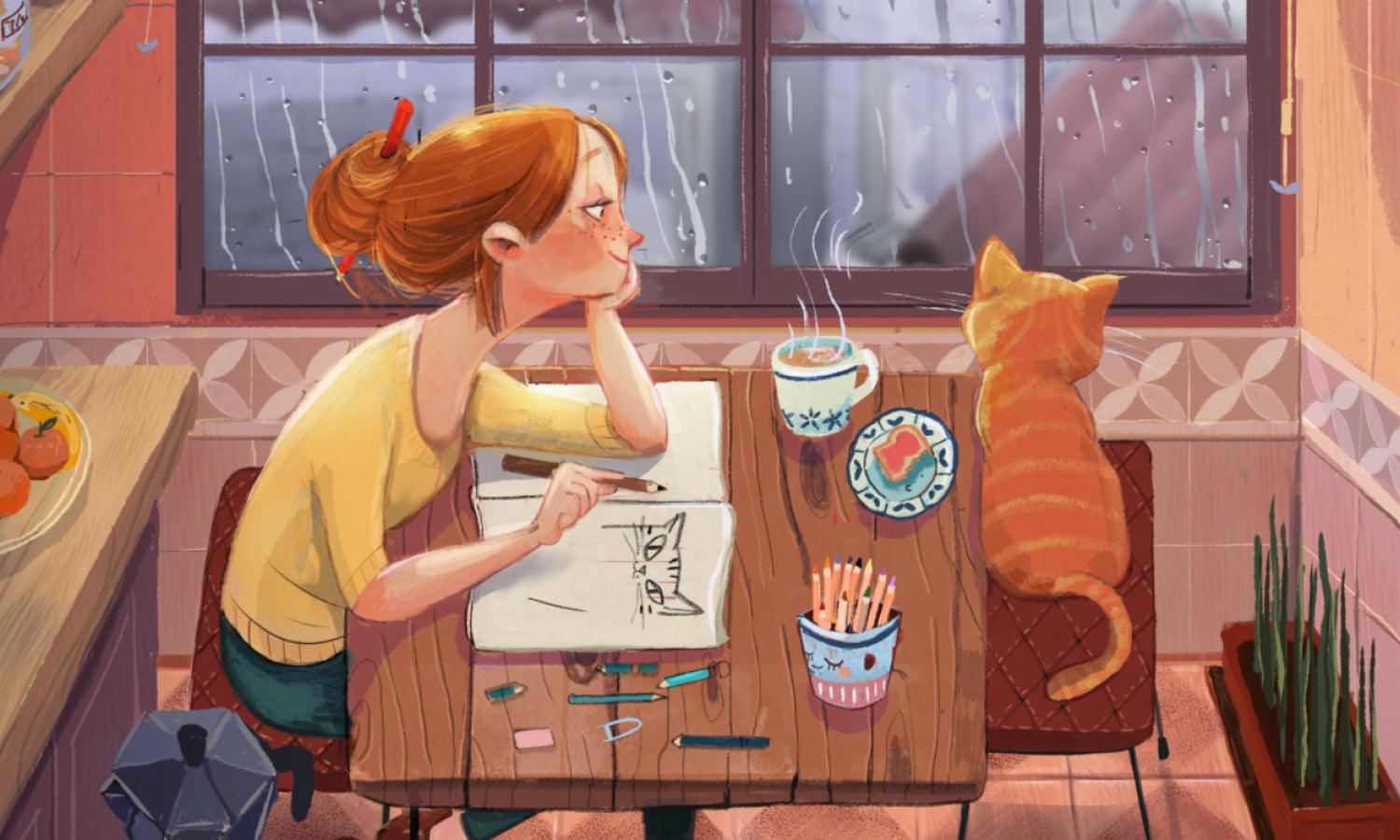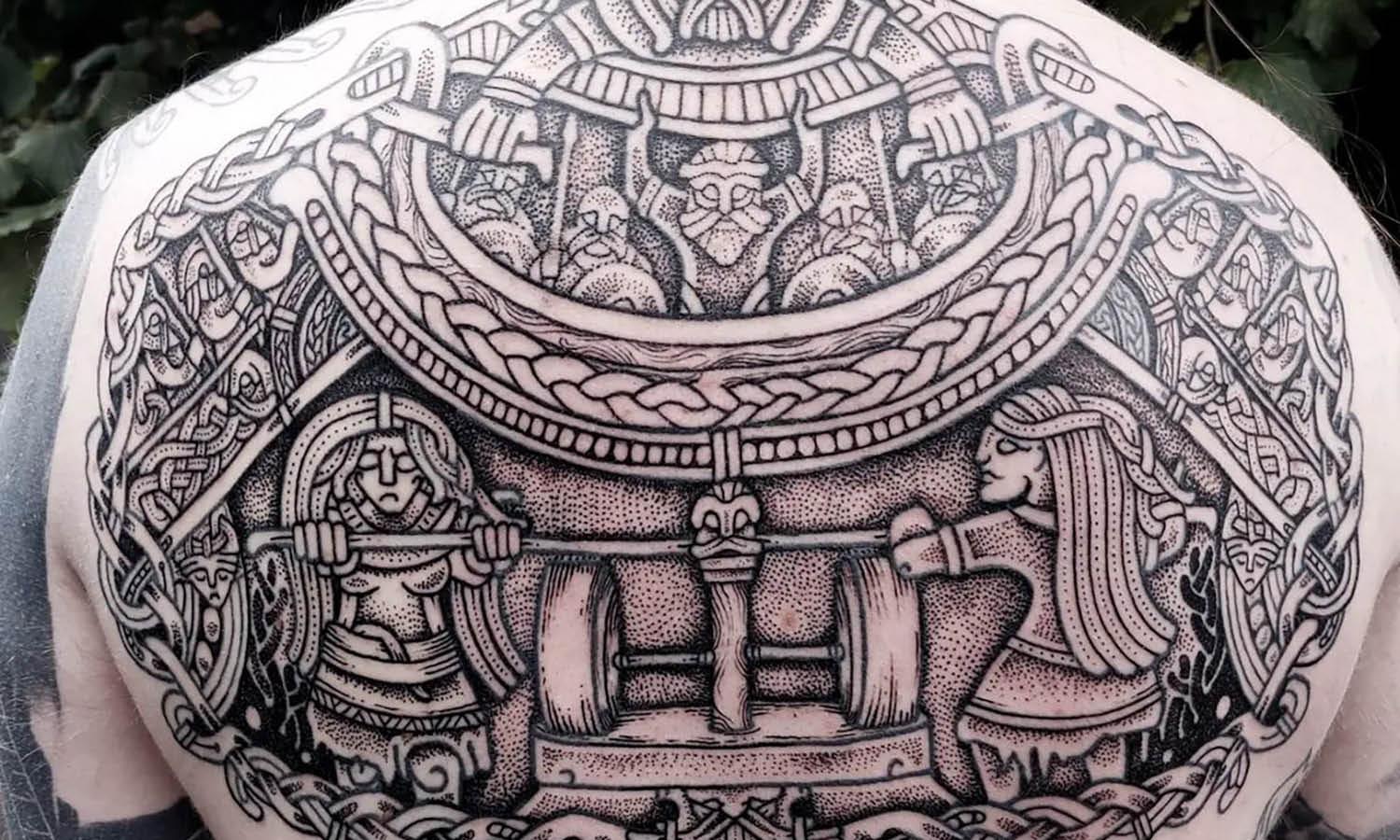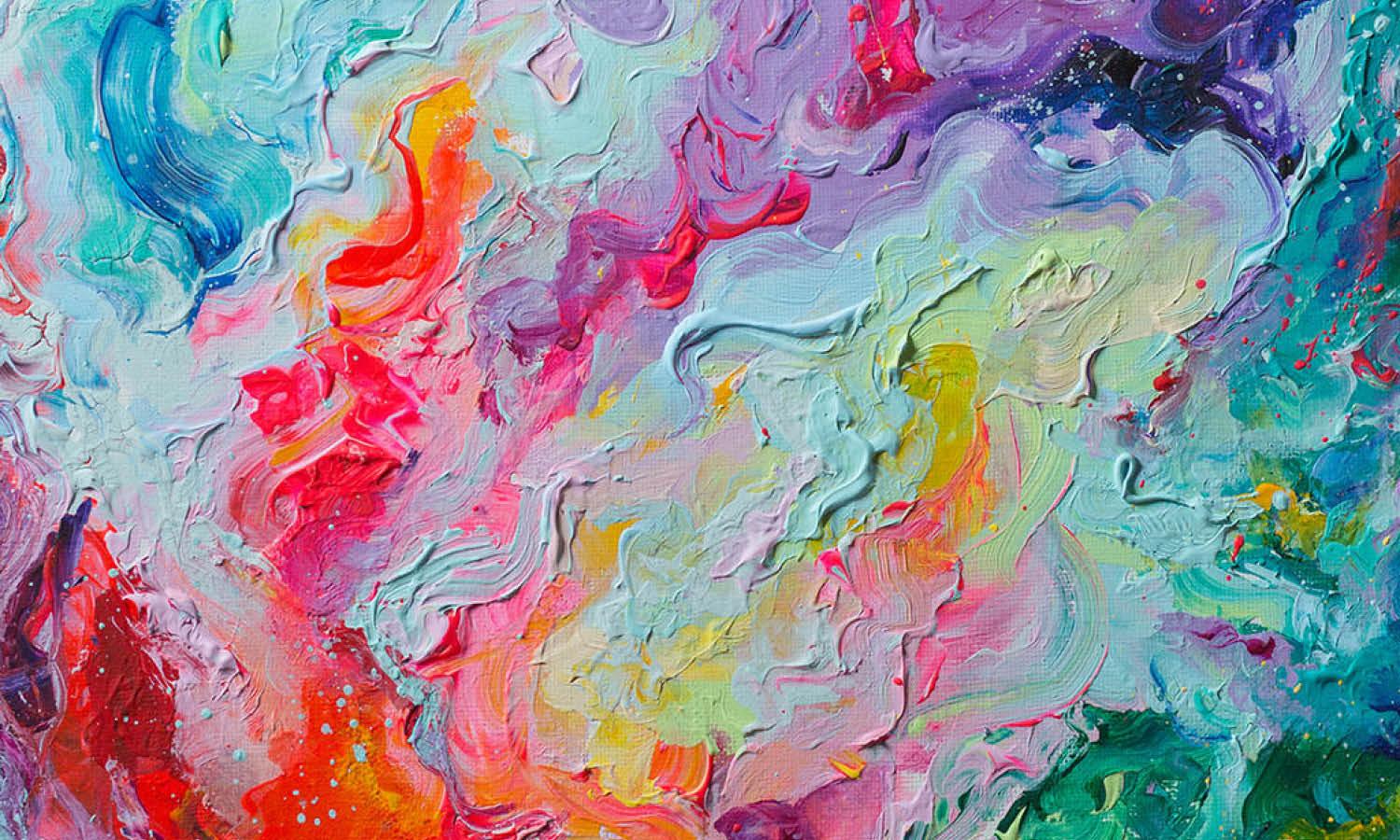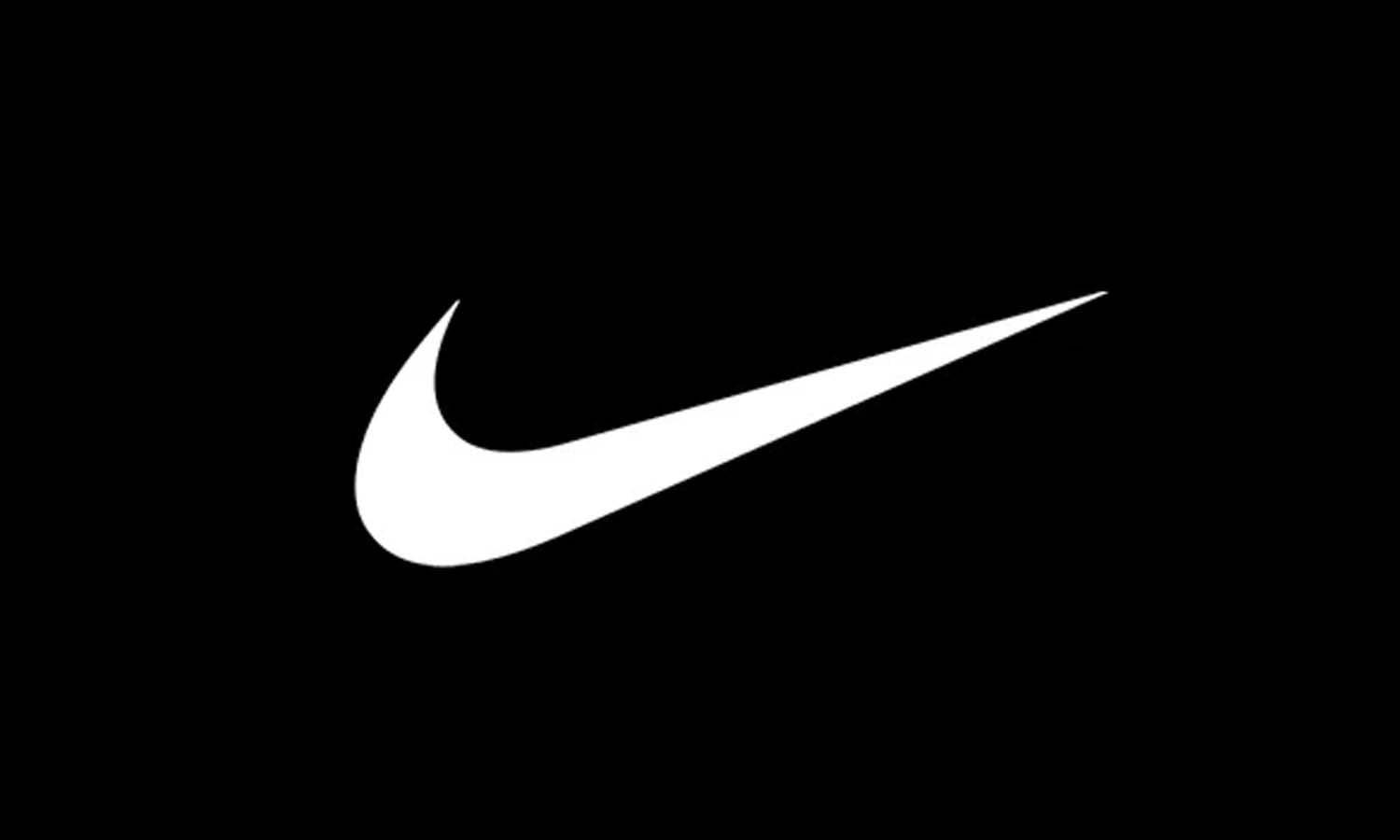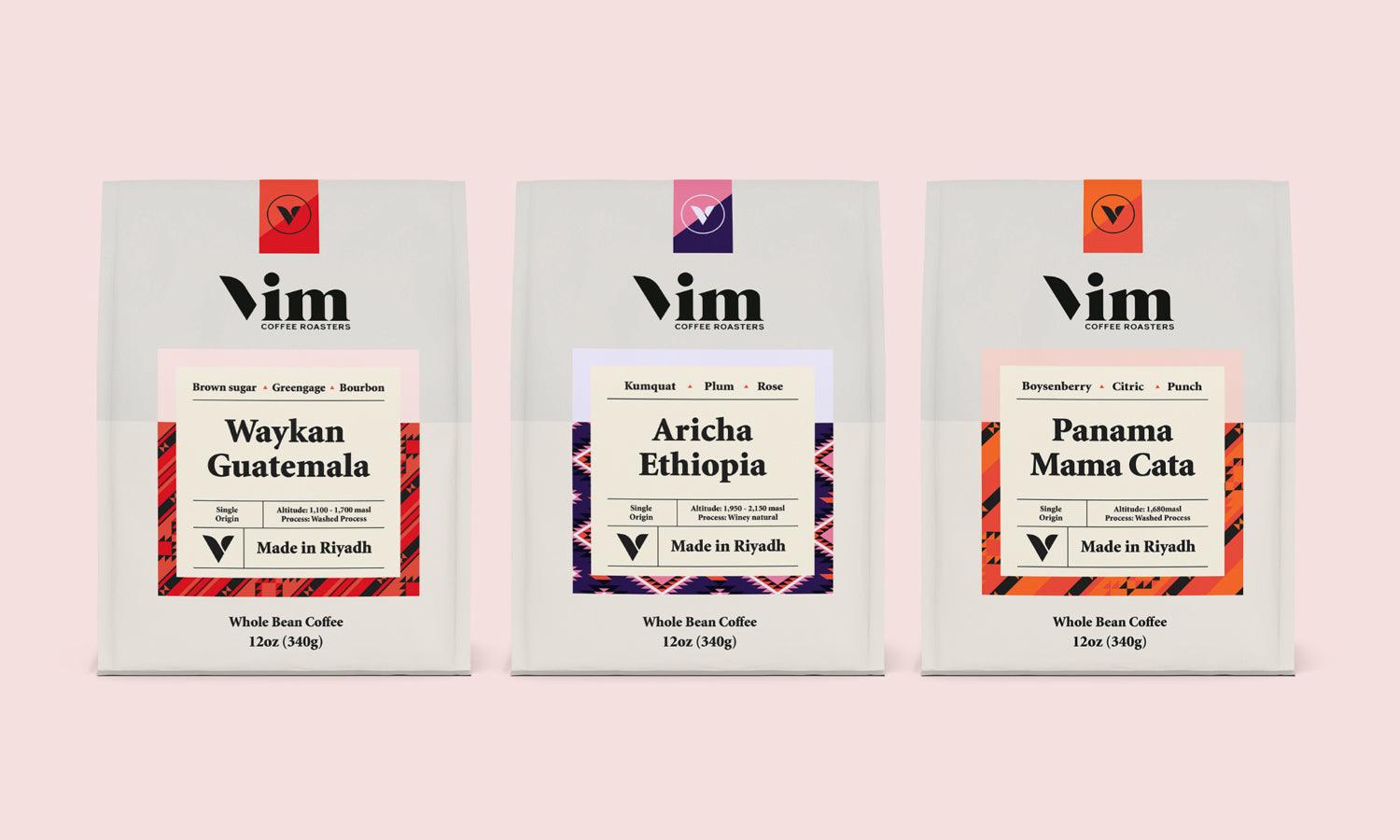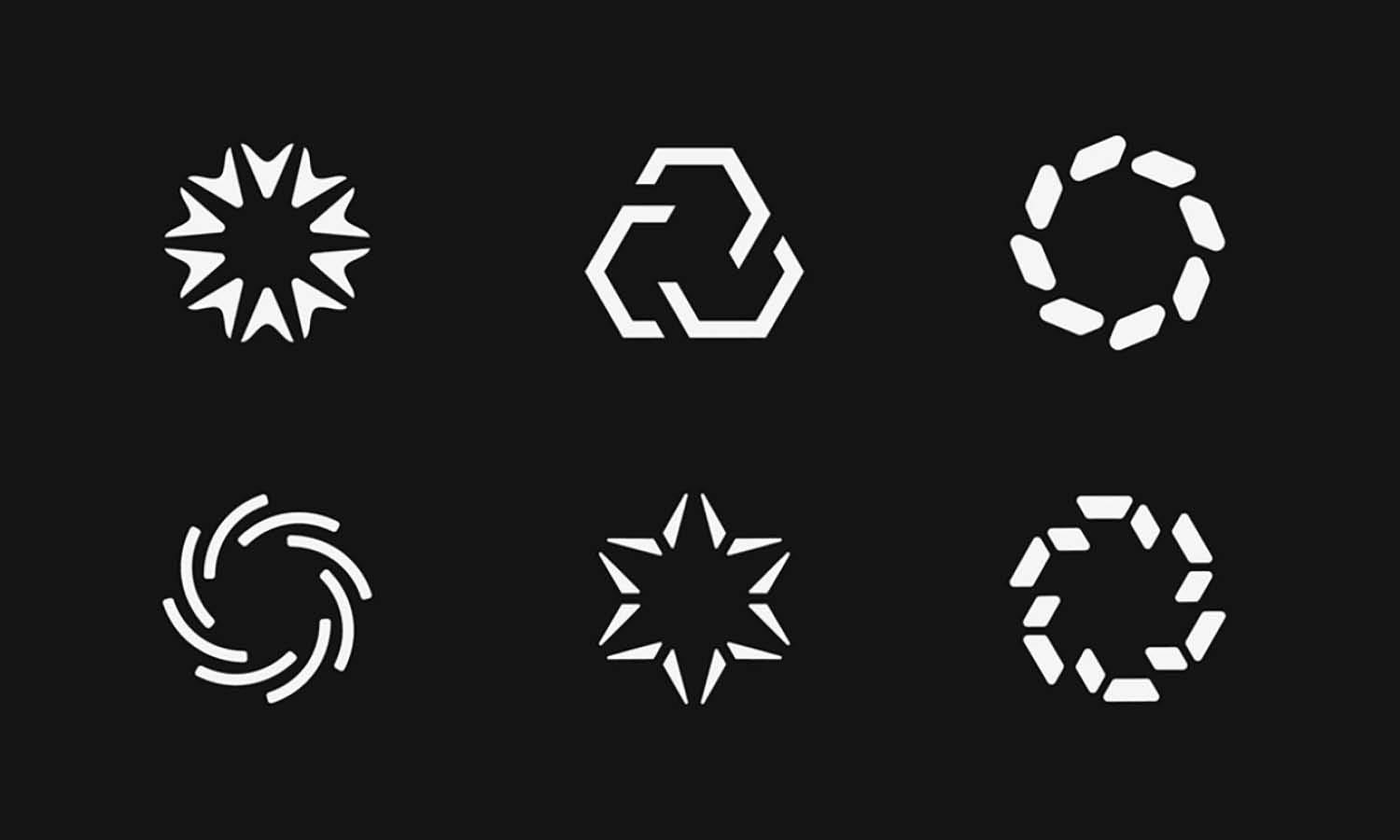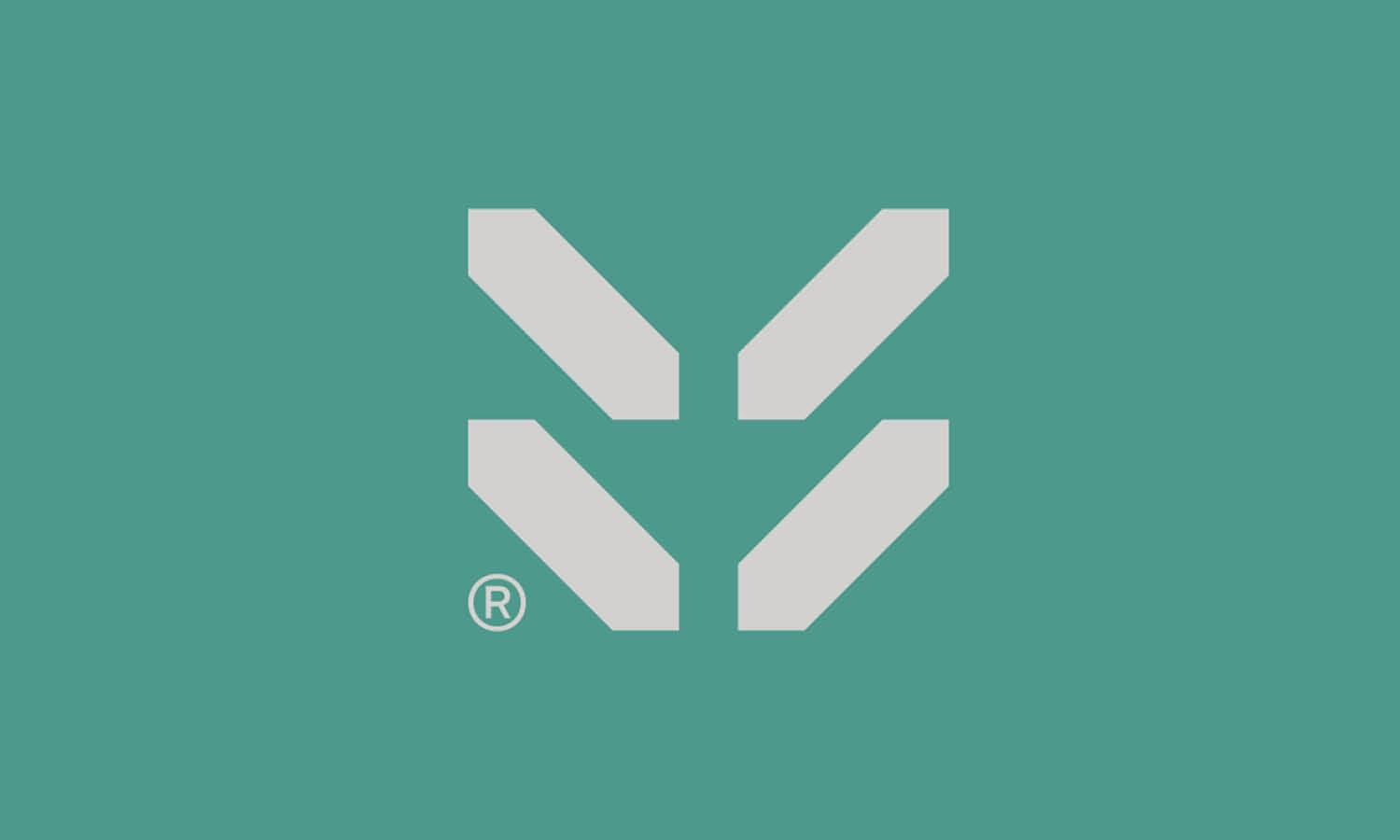Pollinators and the Native Plants That Keep Them Coming Back

In today’s garden world, attracting pollinators isn’t just a trend—it’s a vital practice for maintaining a healthy ecosystem. From butterflies and bees to hummingbirds and moths, pollinators play a crucial role in fertilizing plants and supporting biodiversity. And the best way to invite them into your yard? Native plants.
Why Pollinators Matter to Your Garden (and the World)
Pollinators are the lifeblood of both wild landscapes and food production. Without them, everything from wildflowers to apples and squash would struggle to reproduce. Native bees, honeybees, hummingbirds, butterflies, and even certain beetles and flies transfer pollen between flowers, triggering fruit and seed production.
When you grow a pollinator-friendly garden, you’re not just supporting your own blooms—you’re helping restore a declining global population of essential species. Pollinator decline has been linked to habitat loss, pesticides, and climate change. Your garden can become part of the solution.
Why Native Plants Are the Best Choice
Native plants evolved alongside native pollinators, meaning they’re perfectly suited to each other. These plants require less water, fertilizer, and maintenance because they’re adapted to local soil, climate, and pest conditions. Even better, they bloom in the rhythms of your region, offering consistent food sources throughout the growing season.
Unlike many imported ornamentals, native flowers provide the exact nectar, pollen, and host plant materials that native insects and birds depend on. Some native butterflies, like monarchs, can only lay eggs on specific plants—milkweed in this case. Skip the exotics, and plant with purpose.
Top Native Plants for Pollinator Gardens
To create a haven for pollinators, variety is key. Aim for diverse shapes, colors, and bloom times. Here are a few high-performing native plants to get you started:
1. Milkweed Plant
Essential for monarch butterflies, milkweed species like Asclepias incarnata and Asclepias tuberosa provide nectar for bees and butterflies alike, while serving as the only host plant for monarch caterpillars.
2. Coneflower
This classic prairie native offers large landing pads for bees and butterflies and seeds that attract finches and other birds in the fall.
3. Bee Balm (Monarda didyma)
Loved by hummingbirds and native bees, bee balm’s tubular flowers are a vibrant, showy addition to any pollinator patch.
4. Blazing Star (Liatris spicata)
Known for its tall purple spikes, this late-summer bloomer is a magnet for butterflies, especially swallowtails and skippers.
5. Black Cohosh (Actaea racemosa)
Shade-tolerant and aromatic, this native woodland plant attracts bees and flies with its towering white flower spikes.
6. Goldenrod (Solidago spp.)
Often mistaken as an allergen culprit (it isn’t!), goldenrod is vital for migrating butterflies and native bee species in late summer and fall.
7. Wild Bergamot (Monarda fistulosa)
With pale purple blooms and a delightful scent, wild bergamot supports long-tongued bees and hummingbirds.
Creating a Pollinator-Friendly Habitat
A few tweaks to your gardening approach can make a big difference:
- Plant in clusters so pollinators can forage efficiently.
- Avoid pesticides, especially systemic ones that linger in pollen and nectar.
- Provide water sources like shallow dishes with pebbles.
- Leave some natural debris—many native bees nest in bare ground or hollow stems.
- Aim for seasonal blooms, from early spring through late fall.
By creating a pollinator-friendly habitat, you support biodiversity and help sustain essential ecosystems that benefit both wildlife and people.
Final Thoughts
Supporting pollinators doesn’t require a total garden overhaul. Just adding a few well-chosen native plants can turn your space into a buzzing, fluttering oasis. Whether you have a large yard or just a balcony, every plant counts. By choosing native, you’re planting with purpose—and helping ensure that pollinators have a future in your corner of the world.


